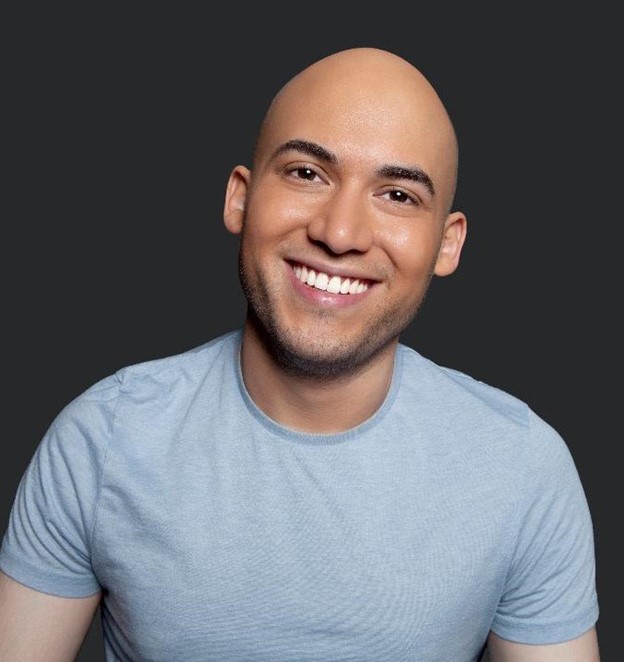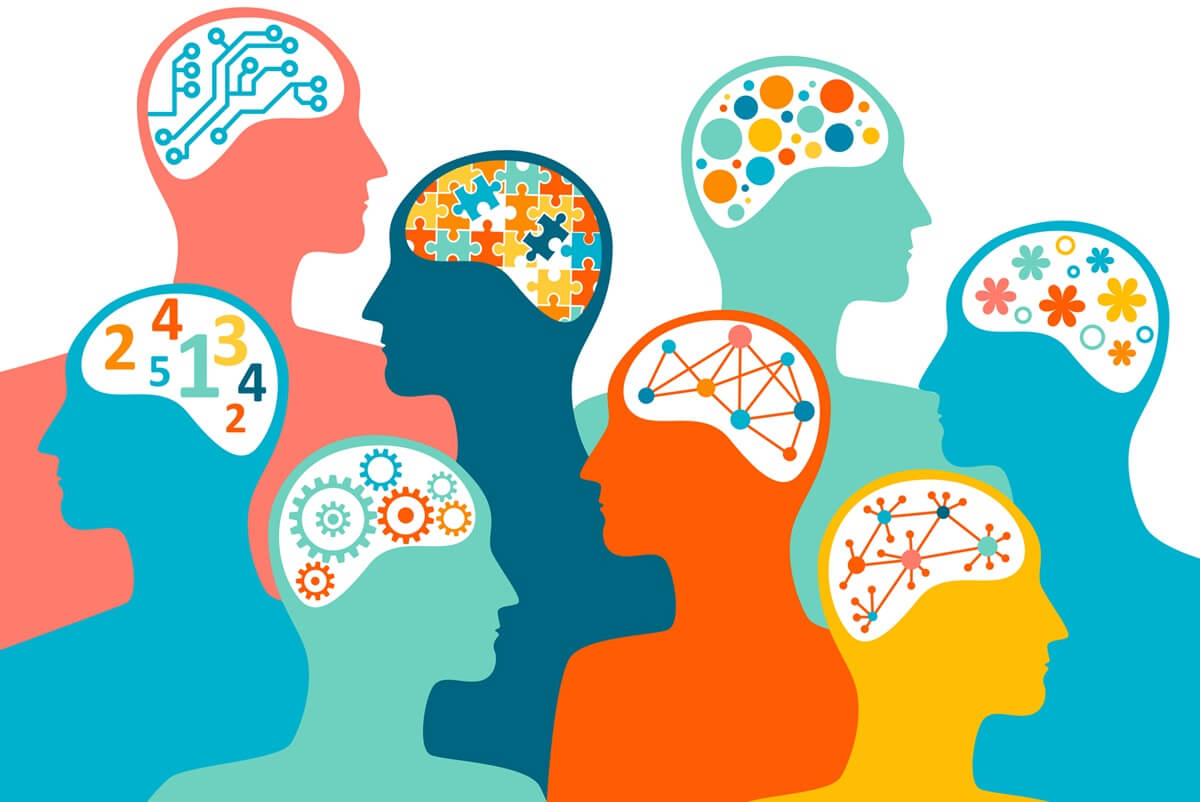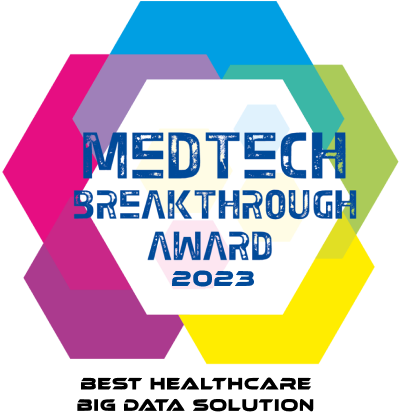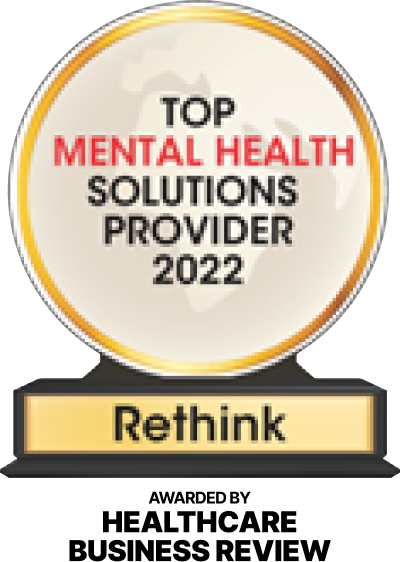Everyone compares themselves to others on social media as if society wants us to possess similar traits and characteristics. Our attributes range from “what people think is typical” to “what they believe categorizes the ideal person” to “what they find problematic in someone.” The same general principle applies to our cognitive (and social) strengths and weaknesses. As we move from school to professional life, standardized intelligence and personality assessments place us in these three categories.
Where our assessment scores fall on the continuum indicates whether the institution sees us, either a prospective student or job candidate, as typical, ideal, or problematic. This approach makes the selection process more efficient by reducing the number of applicants to consider. However, because standard assessments are biased toward neurotypical modes of processing and interacting, institutions need to move away from this mindset to avoid missing out on the unique strengths of neurodiverse individuals.
If we focus on the illustration below, you will notice the two people on each side of the graph have identical average IQs. However, if we look more closely, each person has a different profile of mental strengths and weaknesses.
In his book, The End of Average, this observation is what Todd Rose, developmental scientist, calls the jaggedness principle. The jaggedness principle says all of us have multiple dimensions of strengths and weaknesses that are weakly related to each other. Therefore, we should not simply regard these two people as average because it may prevent us from seeing their unique strengths. Also, we cannot assume that each person will perform at the same level in all situations and that another person with a higher IQ would perform better in every dimension.

“Jaggedness” as it applies to IQ. (Mary Jo Madda)
Which person shows a more contrasted profile of mental strengths and weaknesses?
Whose neurodivergence deviates more from a constructed “average?”
Various studies show that successful work teams have members with complementary strengths and weaknesses. Namely, one person’s strength is another’s weakness. The person on the right who faces challenges with vocabulary can perform better than expected when provided with a supportive colleague or literacy tool. Such supports will make it easier to arrive at goals with symbol searching ability.
When we think of competitive sports, teams are composed of players with complementary talent profiles for a reason. Companies that respect the jaggedness principle allow employees to use their strengths to meet objectives set out for them, perform their roles optimally, and produce high-quality work. As a result, companies can hire and retain a more comprehensive array of high-performance employees.
To illustrate, JPMorgan Chase, DXC Technology, Ernst and Young, and other autism-friendly companies like SAP and Microsoft reported employees who were 48% more accurate and 92% more productive, and 30% more effective than their counterparts. Let us follow their example.
To learn more about the new RethinkCare platform, request a demo.











